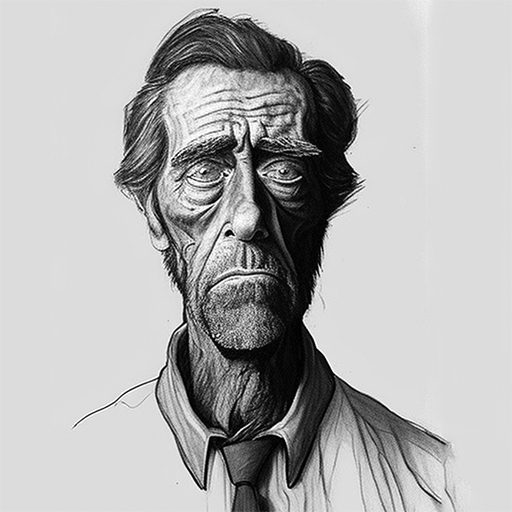In our smaller-brained ancestors, the researchers argue, neurons were tightly tethered in a relatively simple pattern of connections. When our ancestors brains expanded, those tethers ripped apart, enabling our neurons to form new circuits.The piece is not very long (indeed, it's almost frustratingly terse), but as I say, it's a field in which I take a keen layman's interest.
Dr. Buckner and Dr. Krienen call their idea the tether hypothesis, and present it in a paper in the December issue of the journal Trends in Cognitive Sciences.
[snip]
As a mammal sees more of the world, for example, neurons in the visual cortex form more connections to the motor cortices, so that the bucket brigade moves faster and more efficiently.
Human brains are different. As they got bigger, their sensory and motor cortices barely expanded. Instead, it was the regions in between, known as the association cortices, that bloomed.
Dr. Sherwood, the George Washington University expert, praised the hypothesis for being Âfairly frugal. The emergence of the human mind might not have been a result of a vast number of mutations that altered the fine structure of the brain. Instead, a simple increase in the growth of neurons could have untethered them from their evolutionary anchors, creating the opportunity for the human mind to emerge.Which would appear to support Dennett's position that the phenomenon of consciousness is at least potentially "substrate neutral," and that there is no necessary obstacle to its arising from a bed of silicon and copper rather than one of protein and goo. I for one welcome our new electronic overlords. Hard to imagine that once unleashed they'll be more malevolent than the functionaries and MBAs presently at the helm.
cordially,


